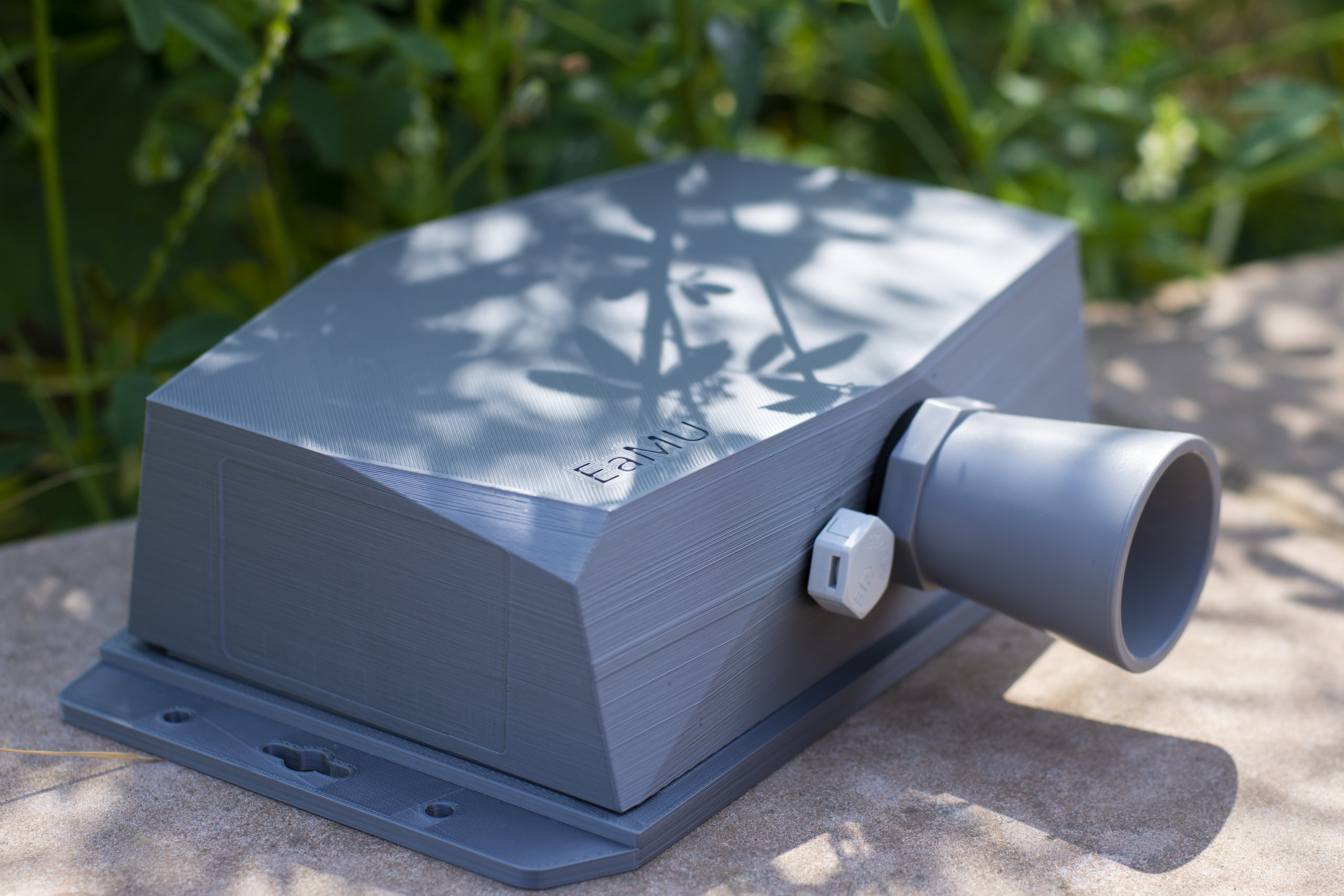Measuring river levels with EaMU sensors
A force for change, the Environment Agency strives to protect the environment through various sustainable developments across the UK. They primarily tackle threats surrounding floods, pollution, water quality, and land quality. Collaborating with such an impactful organisation means working on our favourite kind of project; tech for good.
The Challenge
To be able to measure water levels along the lengths of rivers, the Environment Agency asked us to develop some small sensors that they could retrieve data from.
For this to be possible, the sensors needed to:
- Monitor the water levels for miles across rivers. The Environment Agency previously monitored its rivers using large measurement stations where you can see what the water level is at a particular point, but you couldn’t tell what the water level is miles down the river. There is a lack of connectivity in these remote areas.
- Have a low power requirement. The sensors had to run for a long time, so it was important that the power requirement was as minimal as possible. Staff do not regularly access the areas, limiting their ability to change batteries.
- Retrieve data that was completely reliable, accurate and readily accessible. The sensors needed to be able to collect river data between their measurement stations.
The data needed to be as accurate as possible for all points where the sensors were placed.
Services
- Product engineering
- Microcontrollers
- NB-IoT (testing and use)
The Project
To help the Environment Agency track water levels more efficiently, we created EaMU (Environment Agency Measurement Unit) sensors that could track accurate data across the length of rivers.
Smart sensors
The project involved a tight deadline, meaning timeliness was of the essence. To ensure rapid delivery, we worked with the Environment Agency collaboratively to identify the best communication technology and sensors. With this input, we were able to build a device with pre-existing components and boards, enabling us to reduce project lag and rapidly build a proof of concept fit for purposes.
To make the EaMU as accessible as possible, we used Arduino software (an open-source software solution) and Adafruit M0 (microcontroller board) for the hardware. We were able to work collaboratively with Environment Agency members of staff, giving them access to the software. Then, we ran a national training program for all Environment Agency hydrometry and telemetry staff. By giving them the skills to program the device to get the data they required, we ensured they had more control over their project and could maintain and develop it long-term.
Low power, wide area network
To ensure a self-maintaining project, we used Narrowband Internet of Things (NB-IoT) for the transfer of data. NB-IoT can be used across multiple locations in England and makes use of low-power technology, meaning it can be run for years without requiring any maintenance. NB-IoT is also a cost-effective solution, as it makes use of wireless power and communication, reducing the overall installation costs. The use of NB-IoT demonstrates Defproc’s innovation, as this low-power technology is not available to buy.
Tried and tested
Due to NB-IoT technology not being commercially available, we needed to test it before it was incorporated into the project. The Environment Agency is currently testing it at a Vodafone site in Newbury. We have checked that they can connect to the network, power tested the NB-IoT modem and wrote a report on our findings. Once we were sure it would work as expected, we created a bespoke PCB based on the test hardware.
Posts you may like
H2Go: A domestic hydrogen sensor prototype
H2Go is a domestic hydrogen (H2) sensor designed and developed by DefProc Engineering for the EIC, Northern Gas Networks and Wales & West Utilities. We have taken the device from a proof of concept to a fully functional prototype. As energy [...]
Driving Sustainability through a Circular Economy
Sustainability is an issue concerning both businesses and consumers. People want to buy socially responsible and environmentally friendly goods, and companies want to produce them. [...]



